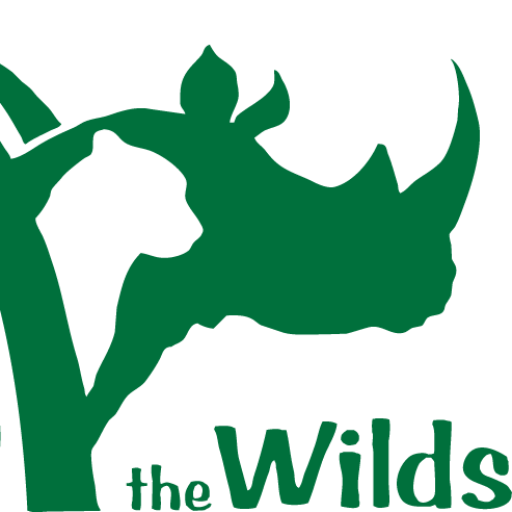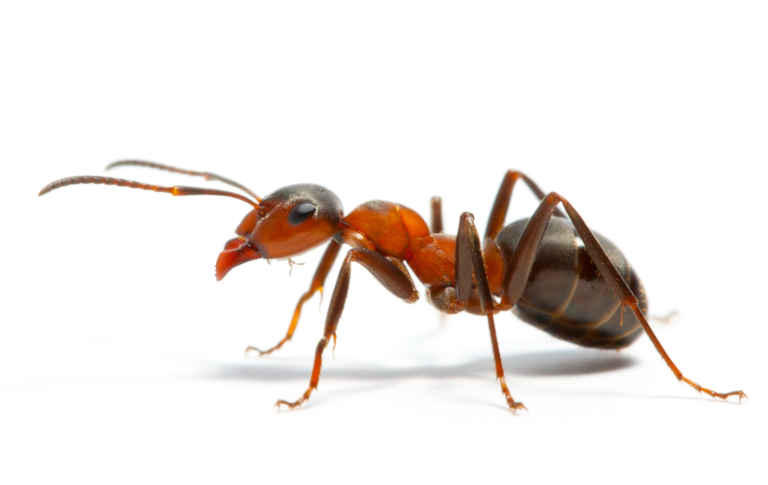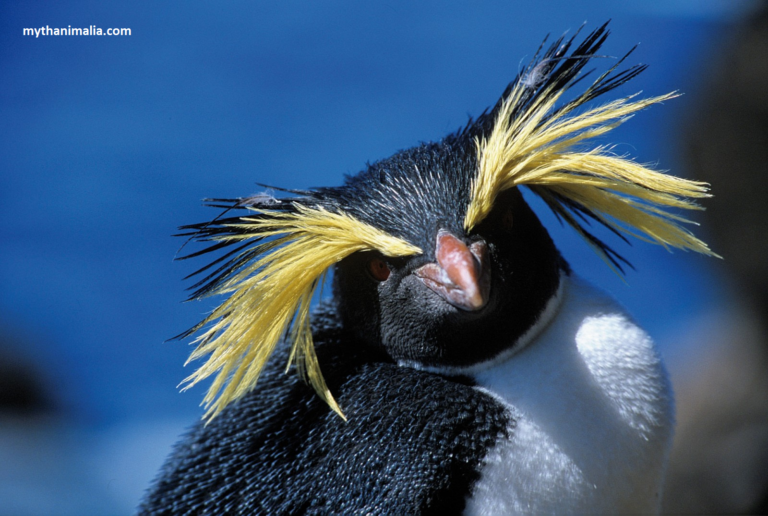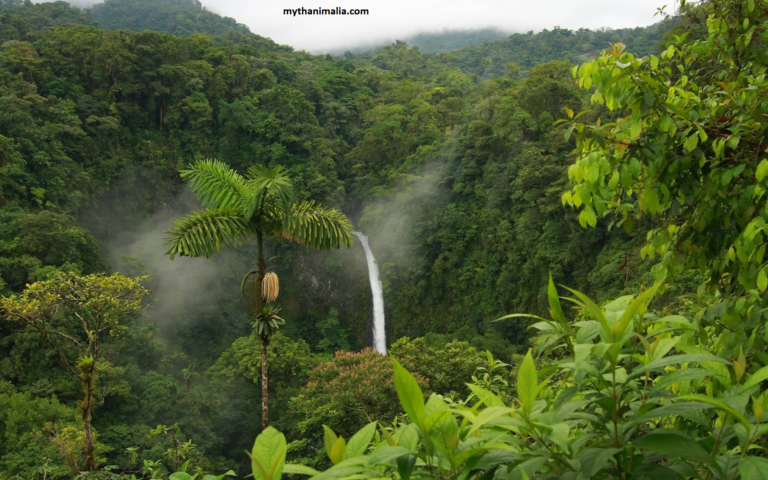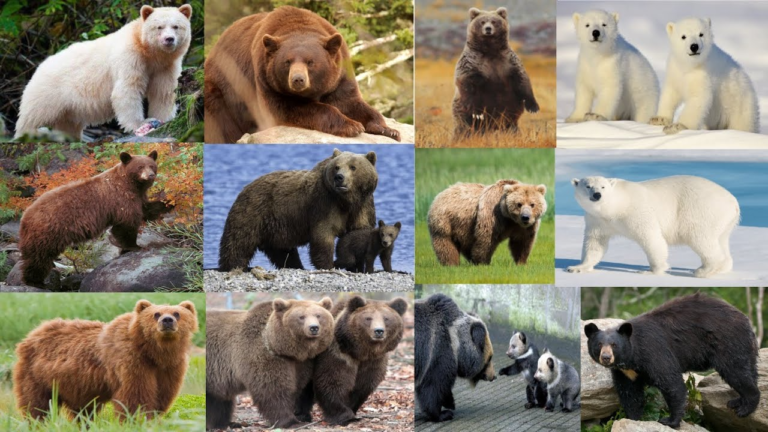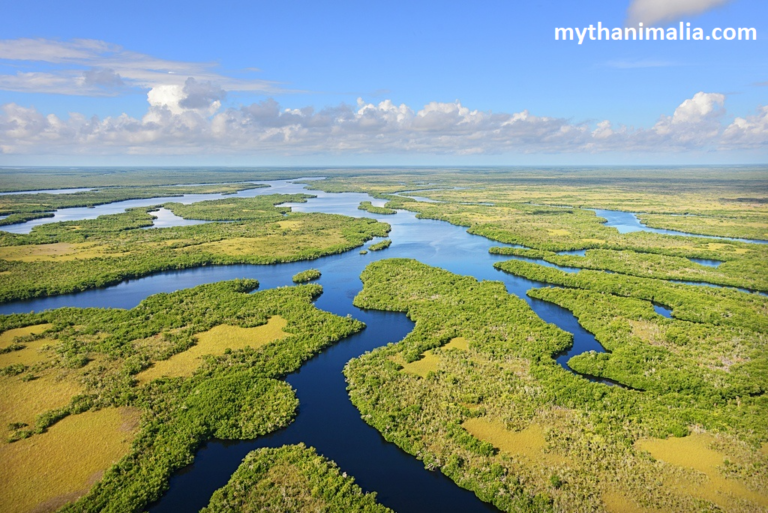Tiny Smallest Wildlife
Welcome to Tiny, Smallest Wildlife, From intricate insects to diminutive mammals, a whole universe of tiny life forms is waiting to explore. Tiny, Smallest Wildlife encompasses many organisms, each with its unique characteristics and role in the ecosystem. From microscopic organisms like bacteria and protozoa to small vertebrates like frogs and mice, these creatures play a vital role in maintaining the delicate balance of nature.
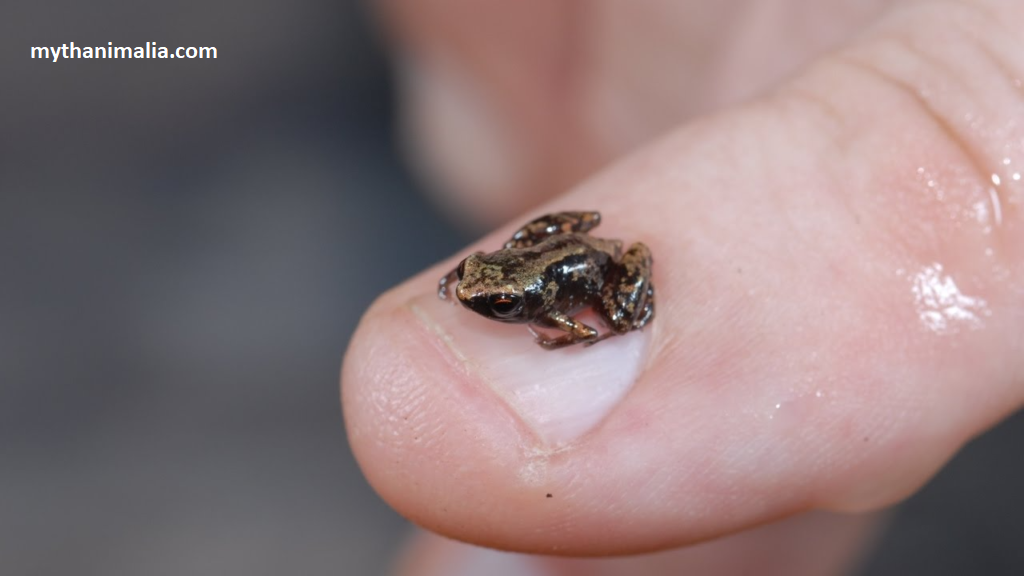
Ladybug
These small beetles are known for their brightly colored shells and are often seen in gardens feeding on aphids. Ladybug is another name for a ladybug beetle, a beneficial insect that gardeners love.
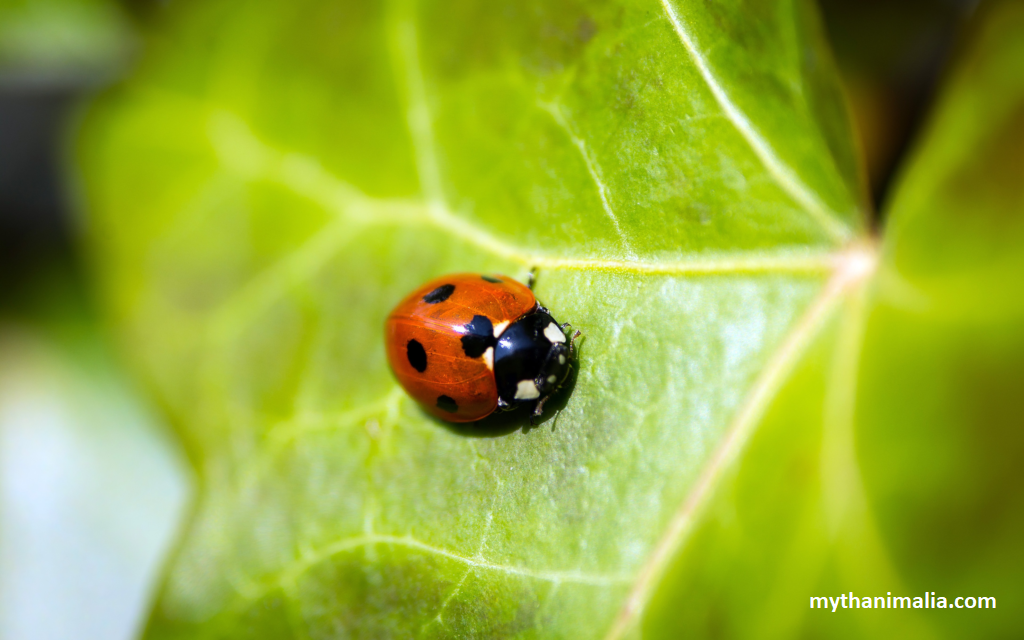
They come in many colors, but the most common kind has bright red wings with black spots. They love to munch on aphids, which are tiny pests that suck the sap out of plants. So next time you see a ladybug in your garden, let it crawl around – it’s a tiny superhero helping your plants thrive.
Ants
Social insects, found almost everywhere, play crucial roles in ecosystems through their complex social behaviors. Ants, tiny social insects, inhabit all over the world except for Antarctica. There are over 12,000 different species of ants, and they come in all shapes and sizes.
Some ants are even strong enough to lift 50 times their body weight. Ants live in colonies that can have millions of members. These colonies are made up of different types of ants, each with its job.

The queen ant is the largest ant in the colony and her job is to lay eggs. The worker ants are all female, and they are responsible for taking care of the queen and the young, finding food, and building the nest. The male ants are much smaller than the other ants, and their only job is to mate with the queen.
Butterflies
Butterflies, delicate and beautiful, often flutter around flowers and are usually small. These are fascinating insects, beloved for their beauty and delicate nature. They are winged insects that belonging to the suborder Rhopalocera within the order Lepidoptera.
There are over 17,500 known species of butterflies found all over the world, except for Antarctica. They come in a wide variety of shapes, sizes, and colors, with wingspans ranging from less than an inch to over 12 inches. Butterflies play an important role in the environment.
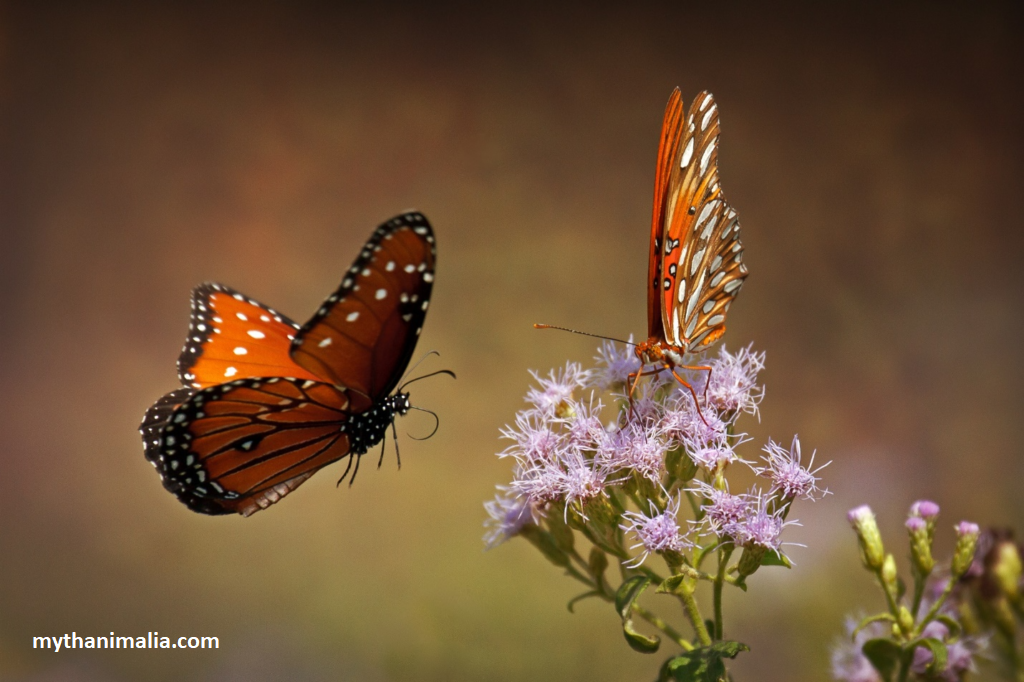
They are pollinators, which means that they help plants to reproduce. As butterflies flit from flower to flower, they transfer pollen from one plant to another. This allows plants to produce seeds and fruit. Butterflies are also a food source for other animals, such as birds and bats.
Hummingbirds
While not as tiny as insects, hummingbirds are among the smallest birds and are known for their rapid wing beats and ability to hover. These fascinating creatures are native to the Americas, with the greatest variety of species found in Central and South America.
There are over 350 species of hummingbirds, ranging in size from the bee hummingbird, the smallest bird in the world at just 2.5 inches long, to the giant hummingbird, which can reach up to 8 inches in length.
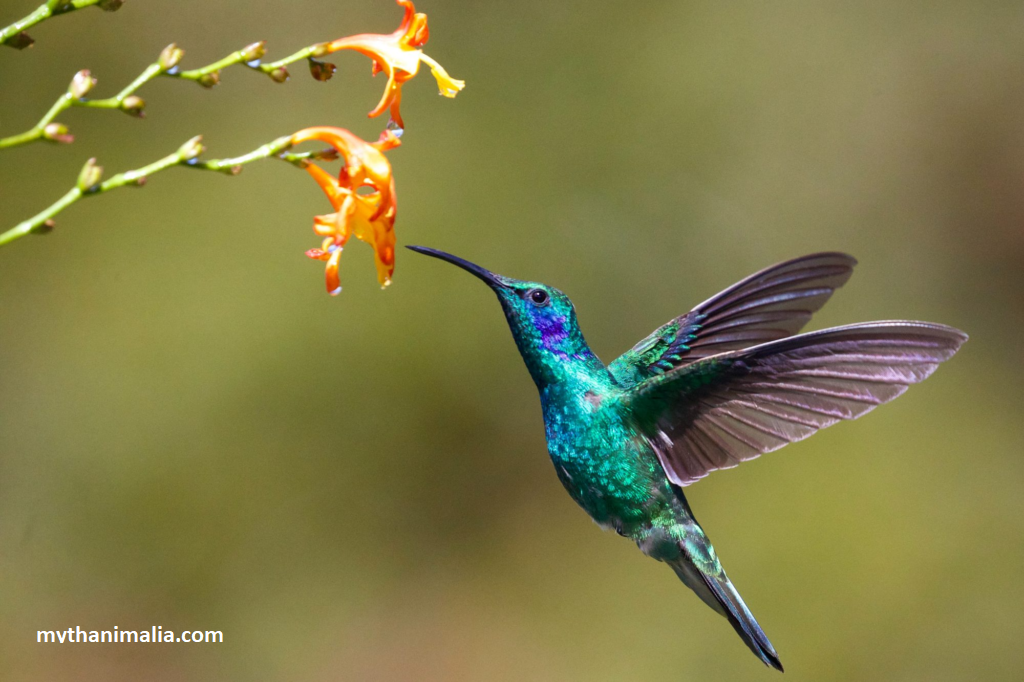
Here are some additional interesting facts about hummingbirds.
- Hummingbirds can beat their wings up to 80 times per second.
- Their hearts can beat up to 1,200 times per minute.
- Hummingbirds can see in ultraviolet light.
- Hummingbirds are very territorial.
- Some species of hummingbirds migrate long distances.
Frogs
Many frog species are quite small, with some measuring only a few centimeters in length. They are important indicators of environmental health.
Researchers discovered this frog in Papua New Guinea, previously believed to be the smallest vertebrate. Males measure around 7.6 millimeters (0.30 inches) in length, while females are larger at 8.9 millimeters (0.35 inches).

Tiny frogs are some of the most fascinating creatures on Earth. These miniature marvels can be smaller than your thumbnail, and some even fit comfortably on a dime. Several frog species are competing for the title of “world’s smallest frog,” with discoveries being made all the time.
Spiders
Numerous spider species are tiny, yet they play significant roles in controlling insect populations. Tiny spiders, sometimes called spiderlings, are adorable little creatures that you might find crawling around your house or garden.
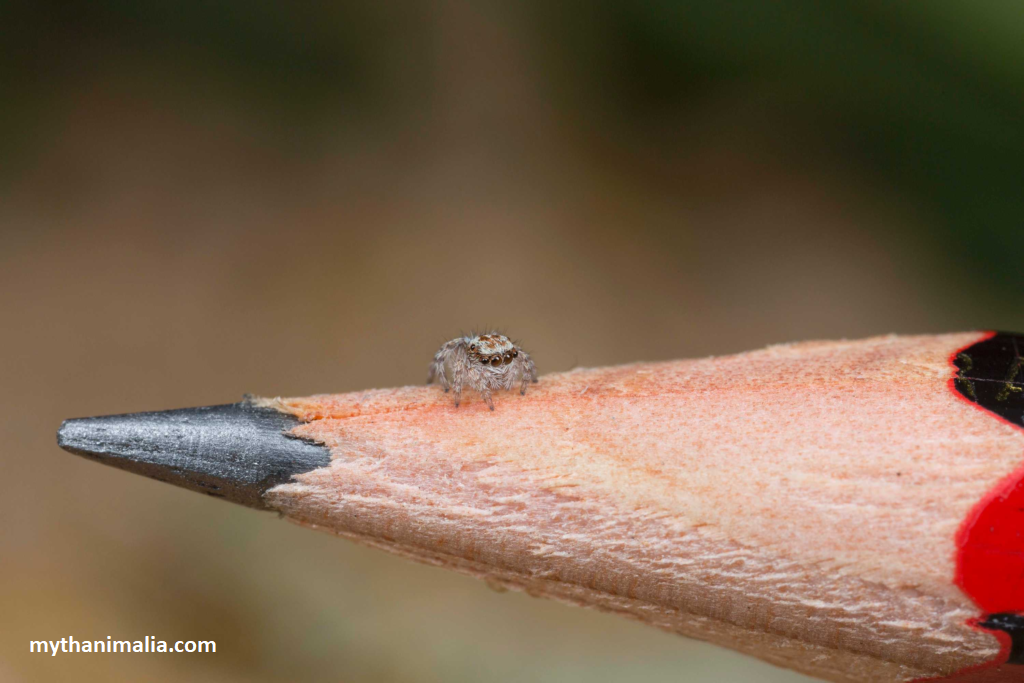
Newly hatched spiderlings can be as small as half a millimeter (0.02 inches) in length. That’s about the width of a thin thread. They come in various species, some can be incredibly small or even smaller than your fingernail.
Tiny Smallest Wildlife Fireflies
These luminous insects are small but enchanting, especially during summer nights, when they light up the darkness with their bioluminescence. Fireflies come in various species, and their size can vary greatly.
While some fireflies can grow to be over an inch long, many species are truly tiny. Fireflies inhabit all over the world except for Antarctica, but people most commonly see them in warm, humid climates.
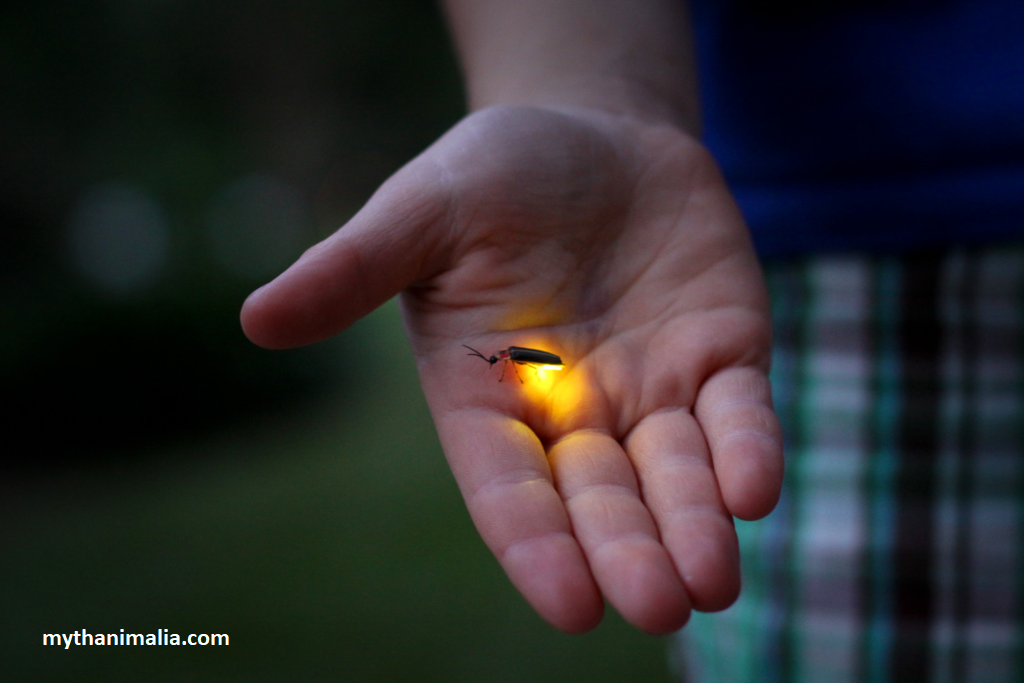
Tiny fireflies are truly a wonder of the natural world. These miniature marvels, also sometimes called fireflies or lightning bugs, can be as small as a grain of rice, yet they possess the incredible ability to produce their light.
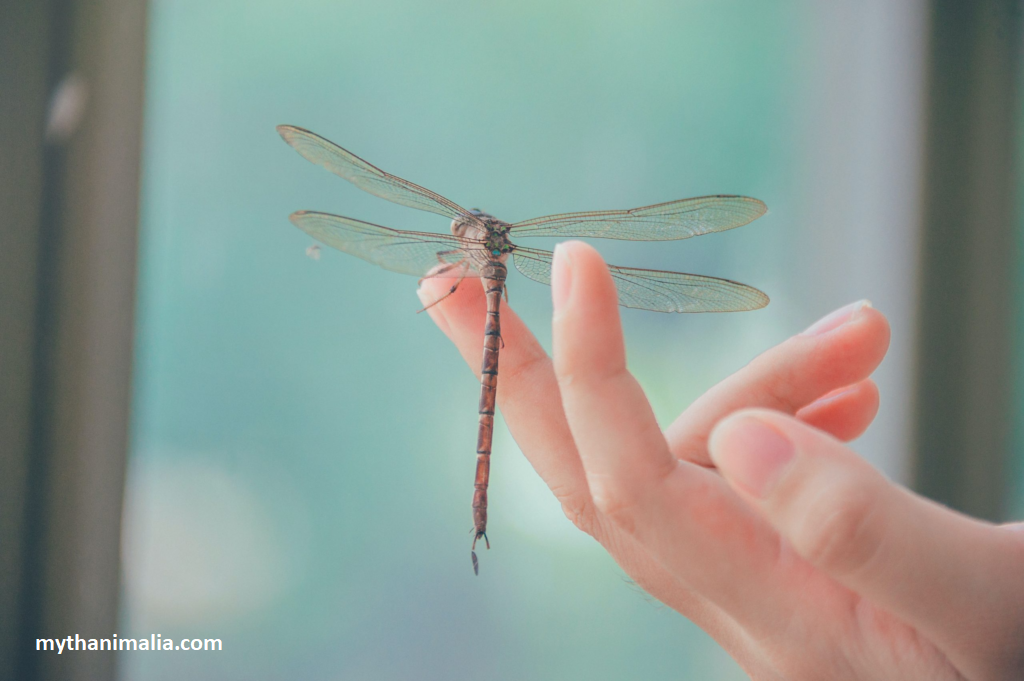
Tiny Smallest Wildlife Dragonflies
While some dragonflies can be quite large, many species are small and agile, darting around bodies of water in search of prey. Tiny dragonflies, sometimes called damselflies, are fascinating creatures that capture the imagination. These miniature marvels can have wingspans as small as 0.8 inches (20 millimeters) across, making them true marvels of flight.
Tiny, Smallest Wildlife Caterpillars
Tiny caterpillars are the adorable first instar stage of many butterfly and moth species. They are incredibly small, often just a few millimeters long, and can be difficult to spot with the naked eye.
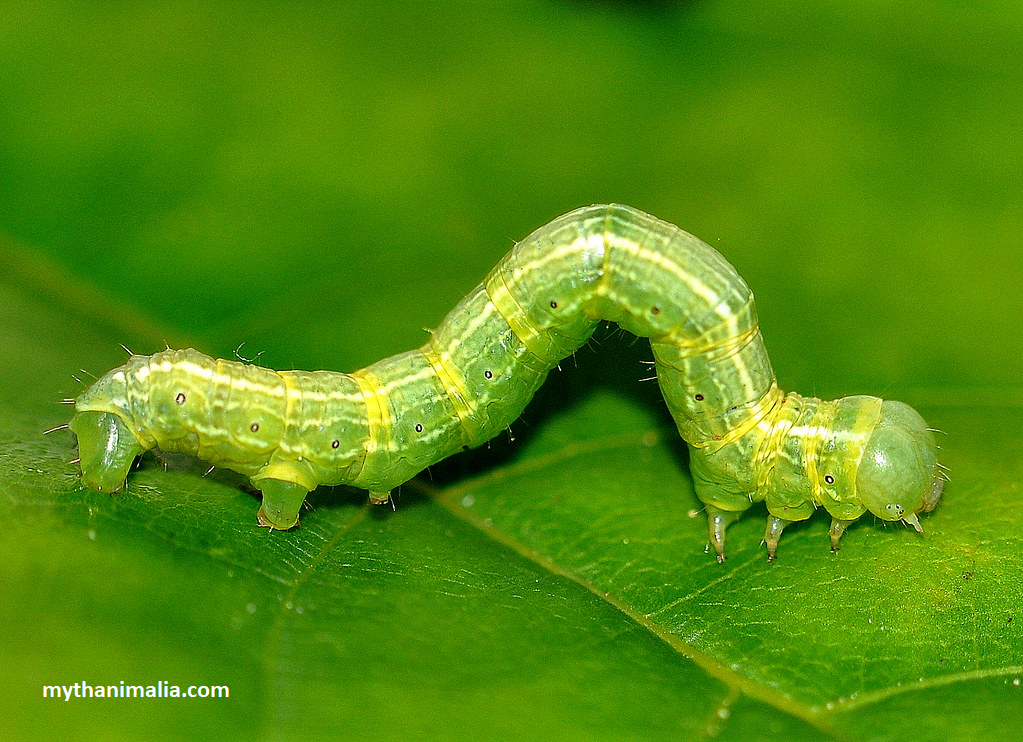
Caterpillars, the larval stage of butterflies and moths, are often tiny and can be found munching on leaves. These little guys are voracious eaters and spend most of their time munching on leaves. Their bodies possess powerful mouthparts perfectly adapted for this task, capable of shredding through leaves.
Tiny Smallest Wildlife Snails
Some species of snails, quite small, inhabit various habitats, from gardens to forests, where they munch on vegetation. Tiny snails are truly miniature marvels of the mollusk world.
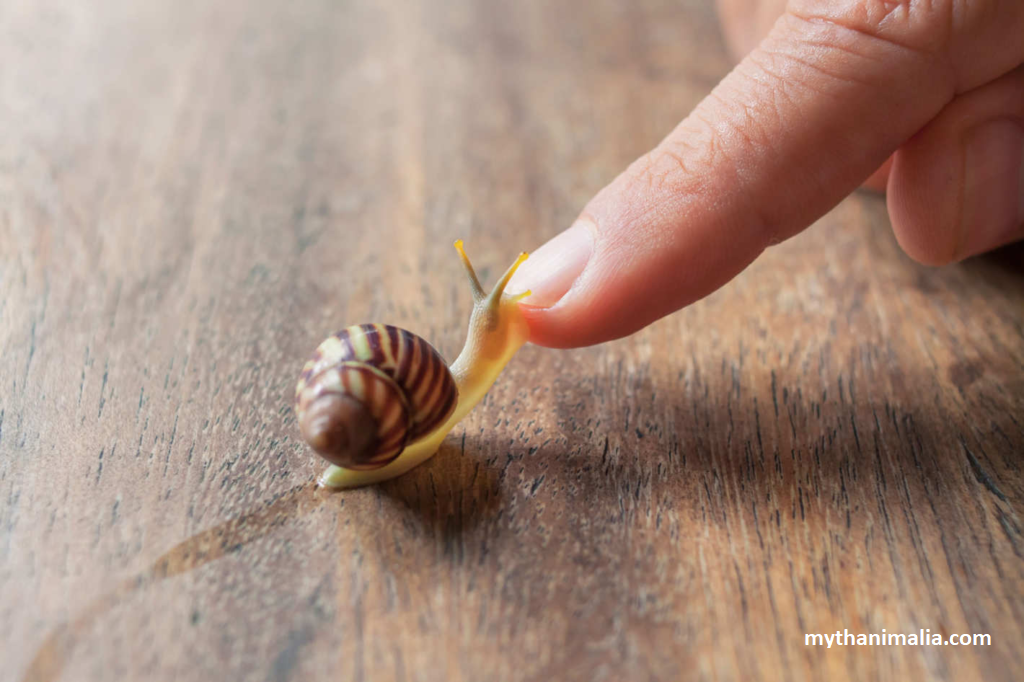
These incredible creatures can be smaller than a pea, even the width of a pencil lead, yet they carry their entire home on their backs.
FAQs about Tiny Wildlife
Q1- Why is tiny wildlife important?
A1- Tiny wildlife contributes to ecosystem functioning by pollinating plants, decomposing organic matter, and serving as a food source for larger animals.
Q2- What are some examples of tiny wildlife?
A2- Examples of tiny wildlife include insects like bees and butterflies, microorganisms like bacteria and fungi, and small mammals like shrews and mice.
Q3- How are tiny wildlife threatened?
A3- Tiny wildlife faces threats from habitat loss, pollution, and climate change, often caused by human activities such as deforestation and urbanization.
Q4- What can individuals do to help protect tiny wildlife?
A4- Individuals can support conservation efforts by reducing their ecological footprint, supporting sustainable practices, and advocating for policies that protect wildlife habitats.
Q5- What are some interesting facts about tiny wildlife?
A5- Tiny wildlife encompasses many fascinating species, including the world’s smallest bird, the bee hummingbird, and the tiniest known vertebrate, Paedophryne amauensis.
